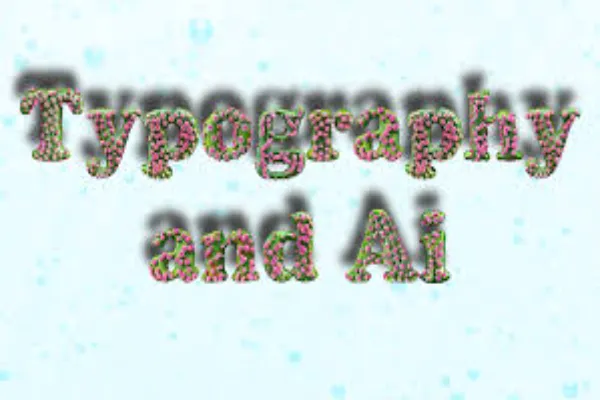How AI Art is Revolutionizing Digital Typography and Quote Design
AI-generated art is changing digital typography and quote design by automating font creation, enhancing styling, and optimizing layouts. AI tools now enable users to create visually appealing quote graphics, brand assets, and social media visuals with minimal effort. These advancements are making high-quality design accessible to more people while transforming traditional design workflows.
The Role of AI in Typography
AI-Generated Fonts
AI is accelerating font design by generating new typefaces based on trained models. Instead of manually crafting every letter, designers can use an AI art generator to create entire font families in seconds. These models analyze existing fonts and generate unique variations, reducing development time and effort.
Calligraphy and Handwritten Styles
AI-powered tools replicate human handwriting and calligraphy styles, making it easier to create decorative or stylized typography. These models help generate realistic cursive lettering and artistic scripts that blend digital precision with a hand-drawn feel.
Enhancing Readability
AI can personalize typography by adjusting letter spacing, font weight, and contrast to improve readability. This is especially useful for accessibility, ensuring text is easier to read for different audiences.
Enhancing Quote-Based Visuals with AI
AI-Generated Backgrounds
AI tools can generate high-quality backgrounds that match the tone of a quote, whether it’s abstract textures, landscapes, or minimal gradients. This eliminates the need for stock images and provides more creative control.
Smart Typography and Styling
AI selects appropriate fonts, colors, and layout styles to match the mood of a quote. It automatically applies artistic effects like 3D text, shadows, and outlines, ensuring visually appealing designs without requiring manual adjustments.
Automated Layout and Composition
AI arranges text within a design, balancing spacing and alignment for the best readability and visual appeal. This automation ensures that quotes remain the focal point while maintaining professional aesthetics.
Applications of AI Art in Digital Typography

Branding and Identity
Businesses use AI to generate brand-specific typography and logos. AI analyzes industry trends and suggests font and color combinations that align with a brand’s personality, ensuring consistency across all marketing materials.
Advertising and Marketing Visuals
AI helps marketers quickly generate ad banners, social media graphics, and promotional materials. AI-powered templates ensure that text is well-positioned, readable, and visually engaging, optimizing ad performance.
Automated Design Tools
Platforms integrating AI allow users to input a quote or phrase and receive a professionally designed graphic instantly. These tools simplify content creation for social media, blogs, and presentations, making high-quality design accessible to everyone.
Benefits and Challenges
Benefits
- Speed and Efficiency: AI reduces design time by automating font selection, layout adjustments, and styling.
- Creative Enhancement: AI generates new font styles and design variations, expanding creative possibilities.
- Accessibility: AI improves typography readability for different users by adapting fonts to enhance clarity.
- Cost Reduction: Businesses and individuals save money by using AI-generated designs instead of hiring professional designers.
Challenges
- Lack of Originality: AI-generated designs may resemble existing work, limiting uniqueness.
- Quality Issues: Some AI-generated fonts and layouts require manual refinement to ensure professional quality.
- Control Limitations: AI automation can lead to inconsistent designs if outputs vary unpredictably.
- Legal and Ethical Concerns: Ownership of AI-generated designs remains a legal gray area, raising copyright and attribution issues.
Conclusion
AI is revolutionizing typography and quote design by making high-quality visuals faster and more accessible. While AI offers significant advantages in automation and creativity, human oversight is still essential for originality and refinement. As AI tools evolve, they will continue shaping the future of digital typography, enhancing both efficiency and design possibilities.




